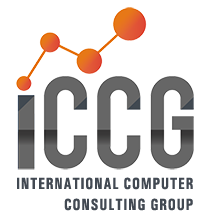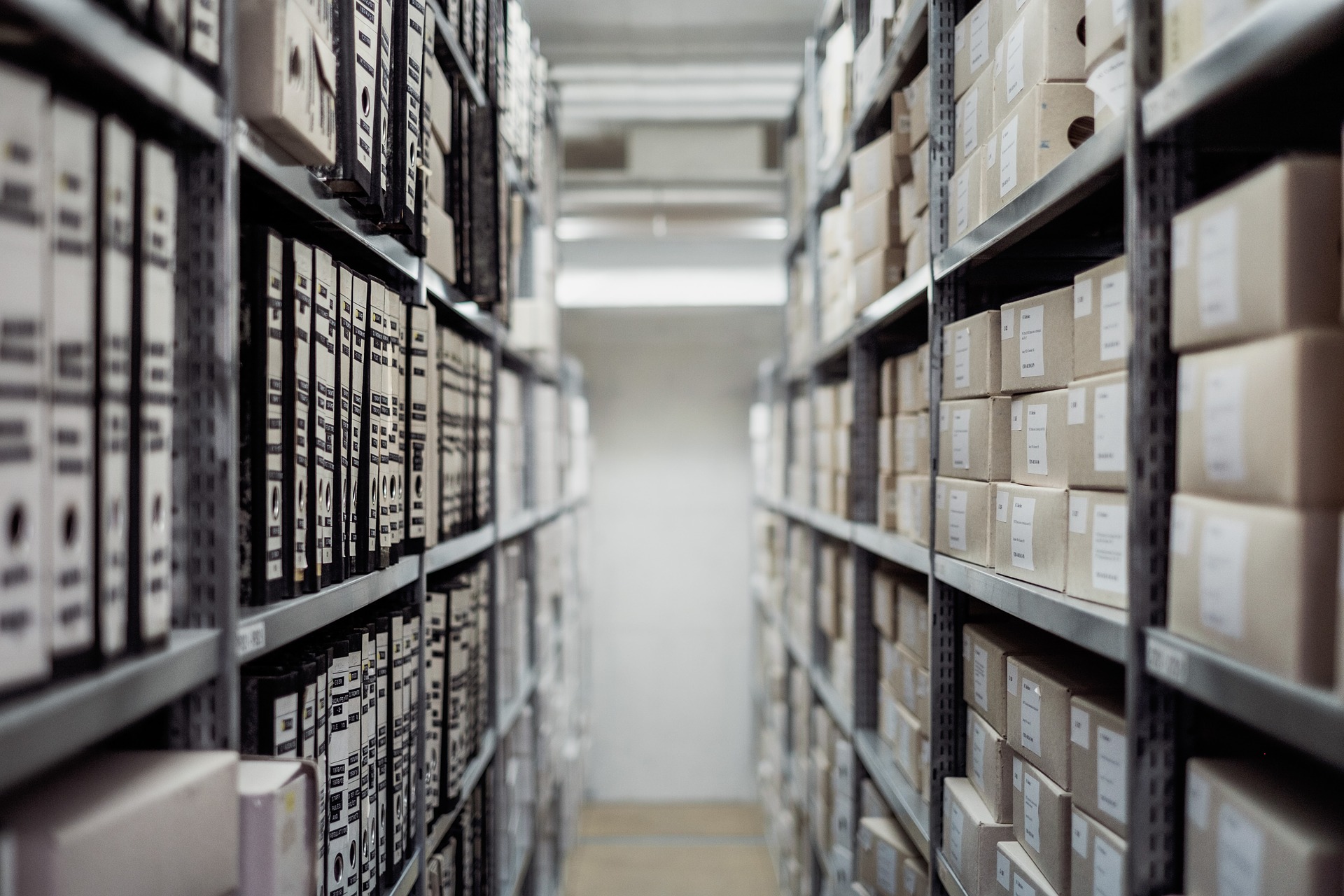The year 2020 approaches with promise amidst a backdrop of innovation and transformation occurring at a speed never witnessed before. We’re experiencing a digital revolution that is changing the way we live, work and interact with one another. The power of information is just beginning to blossom as more of our decisions are based on data and use cases for artificial intelligence are delivering significant value. Meanwhile, global movements to protect the planet and operate responsibly continue to grow in importance. And an undercurrent of de-globalization continues to change the way countries and companies interact with each other.
Here’s a look at some of the emerging trends and themes you can expect to take shape in 2020.
Read More
Topics: Digital Transformation, Supply Chain, Supply Chain Network, Technology, Sustainability
For the longest time, procurement and supply management teams have focused on cost-savings and providing accurate supply for their businesses. More specifically, their value was primarily limited to efficiency (the minimization of cost for procurement services) and effectiveness (the maximization of business value). In recent years, there is an increased focus beyond price reduction, with concentration towards contribution to total cost of ownership (TCO), and the management of overall value and demand.
Today, it’s about the value experience: the optimization of procurement relationships, engagement and collaboration for employees, customers and suppliers. In doing so, start to consider ways procurement and supply management teams provide value to the rest of the organization, outside of cost cutting.
Read More
Topics: Supply Chain, Supply Chain Network
This podcast will look at the future of how order management will evolve from simply executing orders to truly optimizing how to best serve your customer. Listen as Guy Courtin and Tim Nelson discuss what to anticipate with the evolution of order management: next generation optimization rather than simply execution of orders. The cost to serve a customer will become more important than simply the cost to fulfill.
Read More
Topics: Fashion & Retail, Retail, Supply Chain, CloudSuite Retail
In this podcast, Infor’s Guy Courtin and Christine Barnhart discuss how manufacturers are adopting learnings from B2C supply chains to be more responsive to end customer needs. From AI and machine learning to greater digitization of the supply chain, modern manufacturers must become more nimble and responsive—creating a true multi-enterprise network to meet their customers’ needs.
Read More
Topics: Manufacturing, Supply Chain, Fashion & Apparel, Industrial Manufacturing, Fashion
The process of managing a product’s lifecycle has come a long way since the days of Excel spreadsheets. Or has it? In this episode of Supply Chain Radio, Stan Pryzbylinski, vice president of research at CIMdata joins Matt Gunn and Jenny Reese to discuss how PLM software has evolved in the world of manufacturing.
Read More
Topics: Supply Chain, Supply Chain Visibility, Supply Chain Agility
Meeting customer expectations is harder than ever today. The bar has been raised. Many leaders in the equipment and rental business recognize that technology can help, but don’t necessarily know how to get started—so they don’t. In this paper, we break down the process into an easy-to-follow, step-by-step guide to help you integrate technology into every aspect of your dealership or rental firm. We can’t tell you what your strategy should be, but we can give you a game plan to help you get ready for the new digital economy you’re competing in.
Read More
Topics: Digital Transformation, Rentals & Equipment, Supply Chain
Where does your company stand in this continually evolving landscape of steep market challenges and emerging opportunities? Are challenges, like managing your rental fleet, suppliers, and customers across multiple markets, along with global competition, keeping you from reaching your goals? Are market drivers threatening your revenue and profitability? Perhaps you recognize that your current
rental ERP solution is outdated and needs to be replaced, but capital constraints are causing you to hesitate.
Read More
Topics: Digital Transformation, Rentals & Equipment, Supply Chain, CloudSuite Equipment Rental
Companies in the equipment industry, from OEMs and dealers to
rental companies and service providers, are eager to jumpstart growth. Many are embracing modernization and adopting digital strategies. New technologies offer exciting ways to leverage sensor data, engage with customers, and automate processes. New ways of looking at products and the
supply chain are transforming how we do business.
Read More
Topics: Digital Transformation, Rentals & Equipment, Supply Chain
Over the past decade, businesses have increasingly relied on contract manufacturing and outsourced supply chain services to make and move the goods they sell. Today, $751 billion in goods are produced and imported from offshore trading partners into the US. Meanwhile, US logistics costs amount to nearly $1.15 billion—or 7.7% of the US GDP. Many manufacturers and retailers rely on a vast network of both production and logistics partners to keep the supply chain moving.
With so many dollars at stake, inefficiencies anywhere in the supply chain can have an impact on a company’s bottom line. Extra overhead at the top of the supply chain can easily cascade, affecting costs all the way down the supply chain. Which is why successful manufacturers and retailers are evolving the way they do business, rather than allowing problems to shift elsewhere in their supply chain network. Read on to learn what manufacturers and retailers can do today to help keep their entire end-to-end supply chain operating at peak efficiency
Read More
Topics: Supply Chain, Supply Chain Visibility, Supply Chain Agility
By Guy Courtin - Vice President Industry & Solution Strategy, Retail and Fashion at Infor Retail
Abandon all hope, all ye who enter stores. Consumers are taking their shopping online, and there’s no turning back. Or is there?
For all the hype and horror-stories concerning retail’s physical demise, data shows that only about 10% of all U.S. transactions came through e-commerce in 2018. While it still accounts for just a small portion of all retail sales, e-commerce continues to grow at a steady rate of about 8% per quarter. Bottom line, physical stores still have a prominent role for retailers and will continue to do so for a long time.
Read More
Topics: Retail, Supply Chain, Online Retail, E-Commerce, Technology










